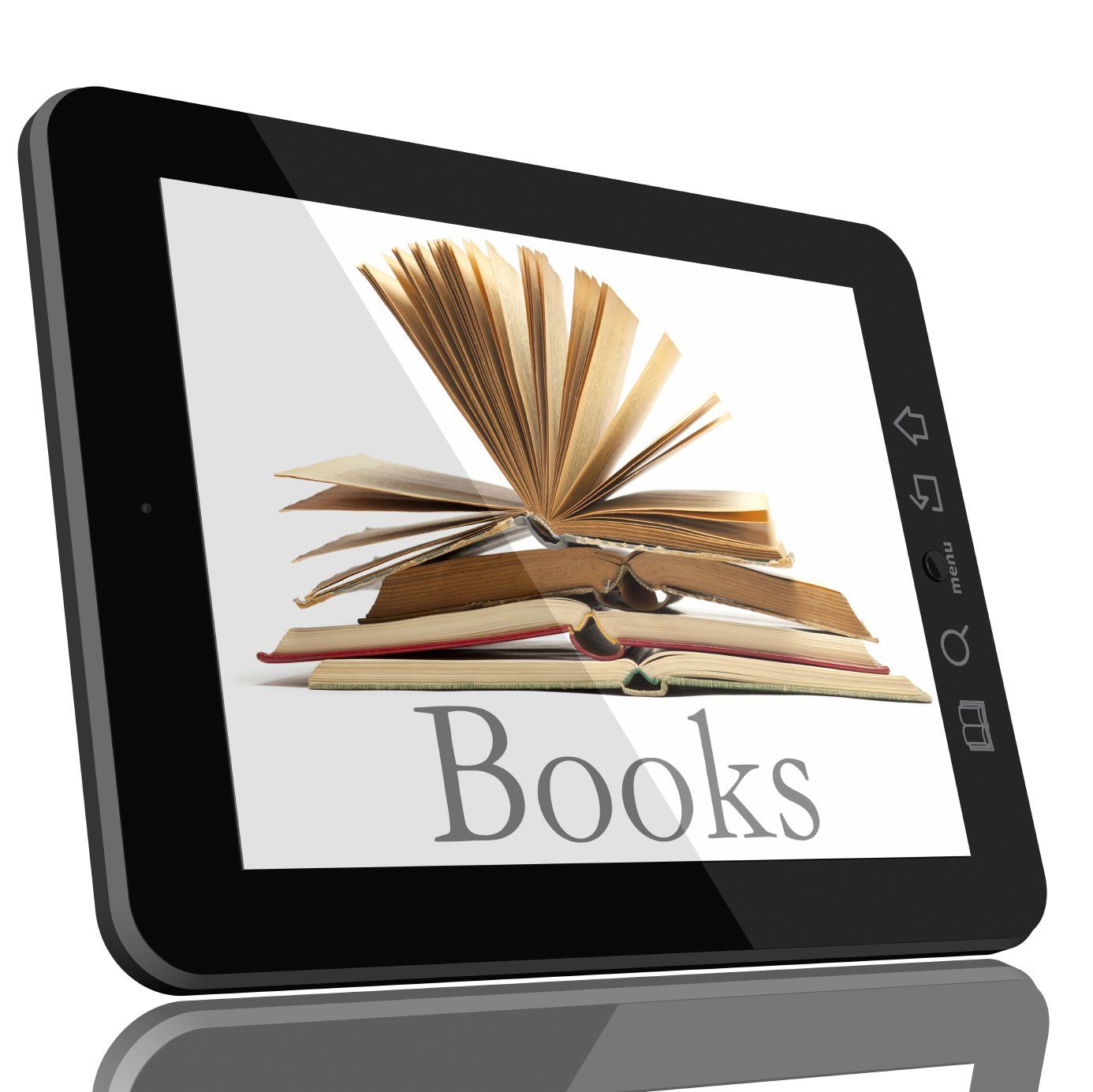Commit to Lifelong Learning
"perpetuam uitae doctrina!"
"Live as if you were to die tomorrow.
Learn as if you were to live forever." Mahatma Gandhi.

The Many Benefits of Reading Books
Enrich Your Life! We are here to point you in the right direction and cheer you on.
Put reading books into your lifelong-learning tool box and enjoy the brain-health benefits of reading..
The Brain Health Benefits of Reading Books
Reading books is an important and enjoyable activity that can provide lifelong brain health benefits.
By immersing yourself in a good story or learning about a new topic, you can engage in lifelong learning and reap the rewards of improved brain health.
On this page, we'll explore the many ways that reading books can lead to lasting cognitive and psychological benefits.
Why Some People Consider Reading Books a Waste of Time
Video courtesy: Success Secrets TV

List of Services
-
Article: "The Value of Books"List Item 1
Written by Kelly Ho and Janet Stevens
Here is a little article on the value of books; presented on Bloomingminds.com. It is worth reading.
-
Article: "The Value of Reading Novels"List Item 2
The Huffington Post published an article entitled: "The Value of Reading Novels". This blog, written by, Rabbi Dr. Shmuly Yanklowitz, is also worth reading.
-
Article: National Library of Medicine: "The Multisensory Experience of Handling and Reading Books"
Author Charles Spence
Here is an excerpt from the "Abstract" to this article: "The failure of e-books to take over from the traditional print format, as was so confidently predicted would happen only a few years ago, highlights how there is more to reading than merely the content of what we see."
A Brief History of Books: Discovering the Roots of the Printed Word
The printed word has been an integral part of human history for centuries, but how did books come to be? In this article, we will explore the origins of the printed word, and uncover how this fundamental form of communication has evolved over the years.
We’ll also look at the impact books have had on society, and their continued importance in our lives today. Join us as we trace the story of the printed word from its very beginnings.
Ancient Roots: From Oral Tradition to Written Records
Before books as we know them even existed, the oral tradition was the primary method of storytelling and sharing knowledge. The passing down of information from one generation to the next was essential to survival and advancement in ancient societies. Oral storytelling provided entertainment, but it also allowed individuals to learn and remember important lessons, skills, and cultural values.
However, relying solely on memory came with its challenges. As humans aged, cognitive decline became a real concern, leading to the potential loss of important information. It's possible that early bookmaking techniques emerged as a solution to this problem. Papyrus, scrolls, and codices allowed for the recording and preservation of information, ensuring that knowledge could be accessed long after its initial creation.
Today, studies suggest that engaging in lifelong learning and reading may even promote brain health and slow cognitive decline in older adults. The roots of the printed word go far beyond simple entertainment; books and other forms of recorded information have had a significant impact on the advancement of human knowledge and the preservation of cultural heritage.
Sponsored
A Brief History of Papyrus in the World of Books

What is Papyrus and How Was it Made?
Papyrus is a type of writing material made from the pith of the papyrus plant. The plant was abundant in the Nile delta region of Ancient Egypt, which is why papyrus was widely used by the ancient Egyptians to make scrolls for writing and drawing.
To make papyrus, the outer layers of the plant were peeled away, leaving behind the inner pith. This pith was then sliced into thin strips, which were placed in layers perpendicular to each other, soaked in water, and pressed together. The resulting sheet was then polished and dried in the sun to create a smooth surface for writing.
Papyrus was a versatile material that could be used to create long scrolls for literary and religious texts, as well as smaller documents such as letters and legal documents. The quality of the papyrus was also important, with the finest papyrus being used for prestigious texts such as religious and literary works.
Although papyrus was most commonly associated with Ancient Egypt, it was also used in other parts of the Mediterranean world, including Greece and Rome. However, the production of papyrus was limited to areas with suitable climate and soil conditions for growing the plant, which eventually led to its decline as a writing material.

Papyrus in Ancient Egypt
Papyrus, a type of reed plant that grows along the banks of the Nile River in Egypt, played a significant role in the creation of books in ancient times. Egyptians started using papyrus as early as 2500 BCE to make scrolls that were used to write religious texts and historical records.
Papyrus was harvested by cutting the stalks into strips and soaking them in water to separate the fibers. The fibers were then placed on top of each other and pounded until they became flat and malleable. The sheets were then layered and pressed together to form a scroll.
The use of papyrus in ancient Egypt wasn't limited to just scrolls and books. It was also used for writing letters, making baskets, mats, and sandals, as well as for painting and decorating walls.
Papyrus scrolls were stored in libraries, temples, and private collections. They were considered valuable possessions and were often buried with their owners as part of their funerary rites. The famous Egyptian Book of the Dead is a collection of papyrus scrolls containing spells and incantations meant to help guide the soul through the afterlife.
The use of papyrus spread beyond Egypt, and it became a prized commodity in the Mediterranean world. However, as the demand for papyrus grew, the quality of the material declined, and production became unsustainable.
Despite the decline in the use of papyrus in bookmaking, the plant still remains an important symbol of ancient Egyptian culture and continues to inspire modern bookmaking techniques.

Book Clubs
Ralph Waldo Emerson: "If we encounter a man of rare intellect, we should ask him what books he reads."

Why You Should Join a Book Club:
How It Promotes Lifelong Learning and Builds Strong Relationships
Are you looking for a way to promote lifelong learning and build strong relationships? Joining a book club is a great way to do just that! Book clubs provide a unique opportunity to get together with friends and colleagues, discuss literature, and share insights. Not only will you gain a better understanding of books and the world around you, but you will also build relationships and friendships that can last a lifetime.
In this article, we'll explore why joining a book club is beneficial and how it promotes lifelong learning and builds strong relationships.
Joining a book club can help you live a more well-rounded life
Books are an incredible source of knowledge, and by joining a book club, you can take full advantage of their power to shape your life. Book clubs provide a great opportunity to broaden your worldview and explore different perspectives. This means that you can start to see the world differently and consider new possibilities. It also supports brain health as reading helps increase cognitive abilities, making it easier to pick up new skills or solve problems.
Book clubs are also a great way to improve your writing skills. When you read a lot of different books and discuss them with others in your book club, you can learn how to express yourself better through the written word. You can sharpen your writing abilities while engaging in lively debates with people who have different opinions than yours.
And finally, book clubs can be fun!
Reading is often seen as a solitary activity, but when you join a book club, you can enjoy the books you read with other like-minded people.
It’s a great way to bond and spend quality time with friends, family members, and even strangers who share your love for literature. Plus, according to some studies, socializing regularly can help you live longer!
Joining a book club not only provides you with an enjoyable experience but can also help boost your creative powers. Discussing books with other members of your book club will give you new ideas and insights that may even inspire you to create something new of your own.
So, if you’re looking for ways to live a more well-rounded life, then consider joining a book club today!
List of Services
Speaking of Book Clubs. Take a gander at a Book Club with a twist.
Here it is: BookTok!
Sponsored
An Overview of Parchment Paper’s Significance in Historical Manuscripts

Parchment paper has been used for centuries in the world of books and documents. Its significant role in preserving some of the world's most important historical manuscripts is well known.
In this article, we'll explore the purpose and importance of parchment paper in the production of books and documents throughout history. We'll take a look at how it has been used to make some of the most iconic manuscripts and documents that still exist today.
From ancient scrolls to modern day books, parchment paper has played a major part in preserving our written history.
What is Parchment Paper?
Parchment paper is a material that has been used for centuries as a writing surface for manuscripts and other documents. It is made from animal skin, usually goat, sheep, or calf, which is stretched and treated with various chemicals to create a smooth, durable surface that is suitable for writing.
Parchment paper has been used for centuries due to its durability and ability to withstand the test of time. It has been used in the creation of some of the world's most famous and important historical documents, including the Magna Carta, the Gutenberg Bible, and the U.S. Declaration of Independence.
Parchment paper has been a vital material in the world of bookbinding, and its significance has continued into modern times. Today, parchment paper is used not only in the preservation of historical documents but also in contemporary bookbinding and the creation of decorative papers.
In the next section, we will explore the historical use of parchment paper in manuscripts and the characteristics that make it so unique.
The Value of Public Libraries
Why Libraries Promote Lifelong Learning and Support Literacy and Education
Public libraries are invaluable institutions that offer a range of resources, services, and experiences to their users. Not only do libraries promote lifelong learning, but they also support literacy and education by providing access to books, educational materials, and programming for all ages and abilities. Whether you’re looking for the latest bestseller, seeking to complete an online course, or wanting to attend an informative lecture, public libraries offer something for everyone.
In this article, we will discuss why libraries promote lifelong learning and support literacy and education.

They are free and open to everyone
Public libraries provide free access to information and resources that can help build a stronger and more informed society. Libraries are also good for brain health, as studies have shown that reading can help improve memory and concentration.
They are a great community gathering place, and they can facilitate all kinds of research, from exploring new topics to discovering historical facts. From a purely practical point of view, public libraries are invaluable, providing people with the opportunity to learn and grow without having to spend money.
By having access to library materials and services, individuals can learn about different cultures, explore new ideas, and discover information and resources that can be used for personal and professional advancement.
This access helps level the playing field and ensures that everyone has the same opportunities to benefit from the library's resources.
The Benefits and Drawbacks of E-Readers for Book Lovers
For book lovers, the introduction of e-readers has been both a blessing and a curse.
On the one hand, these devices allow you to access a large number of books at your fingertips in a more eco-friendly way.
On the other hand, e-readers can take away from the traditional book-reading experience that some people still prefer.
In this article, we'll discuss the advantages and disadvantages of e-readers for book lovers.

You can take your library with you
E-readers are a great choice for book lovers who need to be able to bring their library with them. With an e-reader, you can store hundreds of books in one small device and take them with you wherever you go. This saves space, as opposed to carrying around multiple paper books, and it makes it easier to travel and move around with your library. In addition, many e-readers offer choices when it comes to text size, so you can adjust the settings to your preference and make reading even more comfortable.
Finally, e-readers are often much more portable than traditional paper books, making it easier to bring your library with you while you’re on the go.
Here is a Link to Some of Amazon's Best Selling e-Books
Sponsored
Audiobooks:
Advantages and Disadvantages for Boosting Language and Literacy Skills
Audiobooks have become increasingly popular for readers of all ages and levels. Whether you're a bookworm or a beginner reader, audiobooks can be a great way to improve literacy skills and language fluency.
In this article, we'll discuss the advantages and disadvantages of audiobooks for boosting literacy and language skills.
The Advantages of Audiobooks
Audiobooks have gained significant popularity over the years, and for good reasons. These books can provide a multitude of benefits for language and literacy skills, which we will explore in this post.
First and foremost, audiobooks are an excellent tool for improving your focus. Listening to an audiobook requires your undivided attention, which can train your brain to stay alert and focused for more extended periods. This can also translate to increased productivity and concentration in other areas of your life.
Furthermore, audiobooks are great for improving your listening skills. Listening is an essential aspect of communication, and becoming a better listener can enhance your personal and professional relationships. Audiobooks challenge your ability to pay attention to details and absorb information, which can ultimately make you a better listener.
In addition to these benefits, audiobooks can also help you sleep better. If you struggle with insomnia or have trouble falling asleep, listening to an audiobook can help calm your mind and create a more relaxing environment. By listening to a story or soothing voice, you can fall asleep faster and get better quality rest.
Last but not least, audiobooks are good for your brain health. Research has shown that listening to audiobooks can stimulate the brain and improve cognitive function. This is because audiobooks activate different areas of the brain than reading print books, which can lead to enhanced brain activity and development.
Overall, the advantages of audiobooks are numerous and compelling. Whether you're looking to boost your language and literacy skills or simply enjoy a good story, audiobooks are an excellent option to consider. In the next section, we will explore some of the disadvantages of audiobooks to help you make an informed decision about whether they are the right choice for you.
How are Books Made: Demystifying the Mysteries of Book Production
Have you ever wondered what it takes to produce a book? From the concept to the finished product, the journey of producing a book can seem daunting. But it doesn't have to be! In this article, we’ll demystify the mysteries of book production and explain all the steps involved in bringing a book from the author's imagination to your hands.
By the end, you’ll understand the processes that go into creating a book and the professionals who make it happen. Let’s get started!
The Writing Process
The writing process is the first and perhaps most critical stage in the creation of a book. This stage requires creativity, passion, and commitment from the author. Typically, authors spend several weeks or months coming up with ideas and researching the subject matter. This stage can be mentally draining and frustrating as writers strive to develop their concepts and bring them to life in written form.
Once the initial research and brainstorming stage is complete, the writer moves on to the first draft. At this point, the focus is on getting ideas down on paper, without worrying too much about grammar or spelling errors. The first draft is often the most challenging, but it provides the basis for the final book.
The next stage in the writing process is editing. This process involves a more thorough review of the manuscript, with a focus on refining the language and structure. During editing, writers aim to clarify their ideas and ensure that their writing flows smoothly.
Once editing is complete, proofreading comes next. Proofreading involves checking the manuscript for spelling and grammatical errors. The author can proofread the manuscript themselves or enlist the services of a professional proofreader.
In summary, the writing process is the initial stage in book production. It requires research, creativity, and dedication to bring ideas to life. It also involves editing and proofreading to refine the manuscript and ensure it is free of errors. Once the writing process is complete, the book is ready for typesetting and formatting, cover design, printing, binding, distribution, and marketing.
Research and Resources
The National Library of Medicine of the USA
National Center for Biotechnology Information
Here are two scholarly articles on the science of reading; presented by the National Library of Medicine of the United States of America.
1) "The Science of Reading and Its Educational Implications"
2) "A Chapter a Day – Association of Book Reading with Longevity"
By
Avni Bavishi,1 Martin D. Slade,1 and Becca R. Levy1
The Institute of Museum and Library Services (IMLS)
"The mission of IMLS is to advance, support, and empower America’s museums, libraries, and related organizations through grantmaking, research, and policy development."










